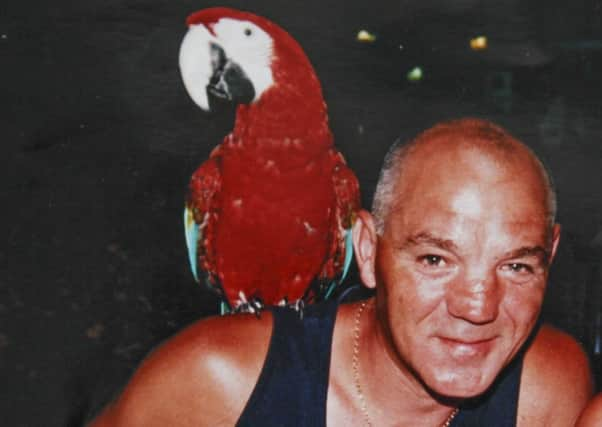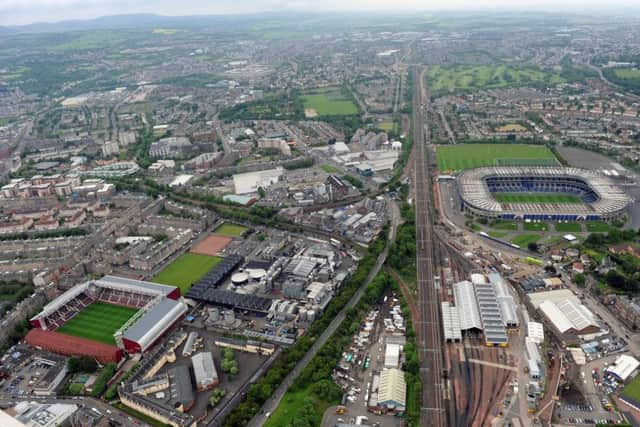Legionnaires’ outbreak: 9 sites named in probe


Health chiefs said an industrial complex containing wet cooling towers was likely to be at fault – but they have been unable to identify a single definite source.
Macfarlan Smith, Burton’s Biscuits, Aegon, North British Distillery, Tynecastle Stadium, Murrayfield Ice Rink, the National Museum of Scotland, Trainwash and Selex were all named in an NHS Lothian report published yesterday.
Advertisement
Hide AdAdvertisement
Hide AdSamples from Macfarlan Smith, Burton’s Biscuits and North British Distillery were found to have traces of Legionella but “standard microbiological investigations” linking samples to the human cases proved inconclusive.


Levels of disinfectant below that required by Health and Safety Executive guidance on the control of the disease were also found at Macfarlan Smith, Burton’s Biscuits, North British Distillery and Aegon.
But there is no evidence of wrongdoing by any of the individual firms named in the final NHS report into the outbreak.
Families of the four victims said they would continue to push for a fatal accident inquiry, while others are reportedly taking legal action.
Three men and one woman, aged between 47 and 65, died after breathing in the bacteria, which also saw 92 people infected with the disease. Hundreds more also became ill.
Robert Air, Sean Ferguson, John Lonnie and Sylvia Riddell all lost their lives.
The Crown Office has previously said that there was insufficient evidence to prosecute any person or organisation for the deaths. Legionnaires’ had a “considerable impact” on NHS Lothian’s services during June 2012, with more than 1000 patients investigated and treated, the report said.
It praised the way the outbreak was dealt with, saying: “The most important lesson from this outbreak was the speed and skill with which the different professionals from partner agencies and NHS Lothian investigated the outbreak and the potential environmental sources.”
Advertisement
Hide AdAdvertisement
Hide AdLawyers for the families of those affected said a fatal accident inquiry was “crucial”.
Elaine Russell, from Irwin Mitchell Scotland, said: “While it is important the NHS response is acknowledged, we are still pushing the authorities for answers about what caused the outbreak and have repeatedly called for more information to be shared with the victims but our requests have been met with a wall of silence.
“Three years ago several people lost their lives and almost 100 suffered from Legionnaires’ disease, yet the authorities seem no closer to identifying the source of the outbreak.”
A spokesman for MacFarlan Smith stated the company noted the contents of the report, while Burton’s and North British Distillery both pointed to the fact that neither site was identified as the source of the outbreak.
Aegon stated that no trace of Legionella has ever been discovered through regular testing or at the time of the incident.
Professor Alison McCallum, director of public health and health policy at NHS Lothian, said: “I would once again express my sincere condolences to the families of those who died during this outbreak and the patients affected.
“The review of outbreak management and the subsequent public health research has proved valuable in enhancing the existing knowledge on Legionella outbreaks and control.”